Graphic design has long been a force for change, emerging as a powerful tool for communicating ideas and inspiring action. Historically, graphic designers have used their craft to influence public opinion and promote social causes. While there once was a more singular approach, today, graphic design for change takes on countless forms. At its core, this branch of design seeks to engage audiences, provoke thought, and drive social transformation. Although on the surface, it might seem purely visual, graphic design for change is deeply impactful--and is experiencing a dynamic resurgence. Elevate your creative endeavors with these transformative graphic design strategies and start making a difference.
Visual Advocacy Campaigns
Graphic design serves as a formidable tool in visual advocacy campaigns, encapsulating the essence of social change through compelling imagery and strategically crafted narratives. Designers meticulously blend typography, color theory, and visual hierarchy to evoke emotional responses and compel audiences toward action. Every element of the visual campaign is thoughtfully curated to resonate with the diverse demographics it targets, ensuring that the message transcends language and cultural barriers. By harnessing the power of innovative technologies and platforms, designers amplify the reach and impact of advocacy messages, fostering a community of informed individuals united in pursuit of a shared cause.
Design for Social Impact
Graphic design for social impact harnesses the power of visual communication to advocate for societal change, crafting messages that resonate deeply with diverse audiences. Designers strategically employ color psychology, typography, and imagery to evoke emotions, challenge perceptions, and foster empathy, creating a visual language that transcends cultural and linguistic barriers. This discipline often involves collaboration with nonprofits, grassroots organizations, and community initiatives, aiming to amplify the voices of marginalized groups and address pressing social issues like climate change, inequality, and human rights. Through innovative campaigns, public installations, and digital platforms, graphic design for social impact not only raises awareness but actively engages communities, encouraging participatory dialogue and inspiring collective action towards a more equitable and sustainable future.
Empathy-driven Design
Empathy-driven design in graphic design emphasizes a profound understanding of the audience's emotions and needs, ensuring that every visual element resonates on a deeply personal level. Designers immerse themselves in the users' world, often employing techniques such as user interviews, persona development, and immersive storytelling to capture the complexities of human experiences. By using colors, typography, and imagery that evoke specific emotional responses, they create visuals that not only captivate the viewer's attention but also inspire change by establishing a genuine connection. This approach promotes inclusivity and accessibility, as it considers diverse perspectives and challenges conventional norms, leading to designs that champion social causes and propel transformative movements.
Sustainable Design Practices
Graphic design for change leveraging sustainable design practices involves an intricate balance of creativity, functionality, and environmental consciousness, as artists and designers strive to create visually appealing solutions without undermining the planet's resources. The selection of materials plays a vital role, with an emphasis on recycled, biodegradable, or low-impact options, reducing the ecological footprint. Digital platforms and tools have become instrumental, offering ways to bypass the need for traditional print and distribution, thereby minimizing waste and energy consumption associated with physical production. Designers are increasingly focusing on lifecycle thinking, considering the end-life of their designs to facilitate future recycling or repurposing, cultivating a closed-loop system that champions sustainability as a core value within the industry.
Community Engagement Graphics
Community engagement graphics play an essential role in bridging the gap between organizations and the communities they serve by effectively utilizing colors, typography, and imagery to convey messages and foster participation. Vibrant color palettes infused with culturally relevant hues can evoke a sense of identity and belonging, compelling individuals to become more involved in community projects or causes. Thoughtful typography choices can enhance readability and comprehension, ensuring that the message resonates across diverse age groups and cultural backgrounds. Imagery that reflects the community's unique characteristics, such as local landmarks or familiar faces, strengthens the emotional connection, making the campaign feel personal and motivating recipients to take action and contribute positively to communal goals.
Human-centered Visuals
Human-centered visuals in graphic design for change prioritize the empathetic portrayal of diverse human experiences, utilizing elements that evoke emotional connections and awareness towards societal issues. Designers harness color psychology, composition, and iconography to craft visuals that resonate deeply with audiences and inspire actionable responses. Imagery is meticulously chosen not only to reflect the authenticity of individual stories but also to break down complex ideas into digestible, visually engaging narratives that encourage inclusion and understanding. This approach necessitates a rigorous iterative process, involving feedback loops with stakeholders and communities affected, ensuring the visuals not only communicate intended messages effectively but also uphold the dignity and voice of those represented.
Awareness-driven Infographics
Graphic design plays a crucial role in raising public awareness, with awareness-driven infographics serving as powerful tools to convey complex data effectively. These infographics are meticulously crafted, blending succinct text with striking visuals to capture attention and enhance comprehension. By exploiting the strategic use of color, typography, and layout, they can evoke emotions and spur the viewer into reflection or action. Graphic designers often collaborate closely with subject matter experts to ensure accuracy and relevancy, transforming raw data into engaging narratives that resonate across diverse audiences and platforms.
Equity-focused Aesthetics
Graphic design for change harnesses the power of visuals to communicate and drive forward social movements, and equity-focused aesthetics plays a crucial role in this process. It emphasizes diverse and inclusive imagery that resonates with marginalized communities, fostering a sense of belonging and representation. Designers leverage these aesthetics by integrating culturally significant symbols, varied color palettes, and representation of diverse narratives to challenge systemic biases and provoke thought. The outcome is a visually inclusive space that not only educates audiences about equity but also inspires them to become agents of change, reflecting a commitment to justice and equality.
Innovative Typography Solutions
Innovative typography solutions in graphic design can create a profound impact by transforming text into a dynamic visual language that communicates more than just words. Designers experiment with unconventional typefaces, variable fonts, and kinetic typography to push beyond traditional boundaries, imbuing each character with personality and emotion. By integrating technology, such as augmented reality and responsive design, typography becomes interactive, responding to user actions and environmental changes to forge an immersive experience. Crafting compositions that play with scale, layering, and three-dimensional effects, typographic elements challenge the observer's perception, inviting engagement and reflection, ultimately fostering a deeper connection with the intended message.
Culturally Inclusive Designs
Graphic design for change emphasizes the importance of culturally inclusive designs by acknowledging and integrating diverse cultural narratives within visual communication, thereby challenging the status quo of homogeneous aesthetic standards. It involves a deep understanding of cultural symbols, colors, and language, ensuring designs are not only visually appealing but resonate with the cultural sensibilities and historical contexts of various communities. By utilizing research and collaboration with cultural experts, designers create visuals that respect and celebrate cultural differences, fostering environments where all viewers feel represented and valued. The effectiveness of these designs lies in their ability to transcend cultural barriers, promote dialogue, and inspire action towards social equity and inclusion.








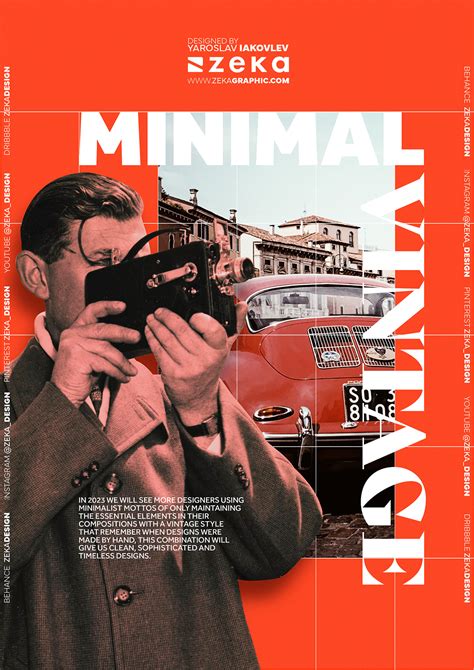
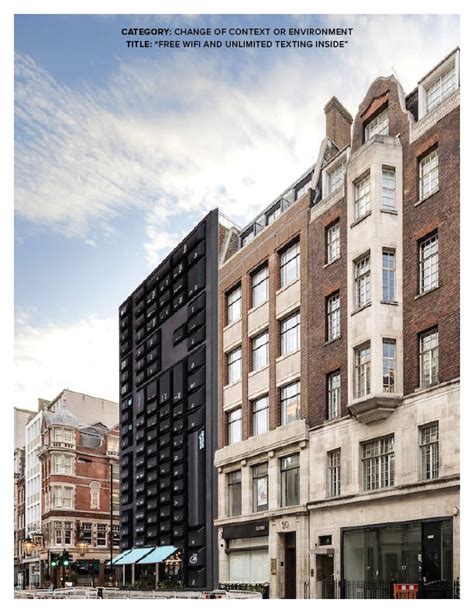


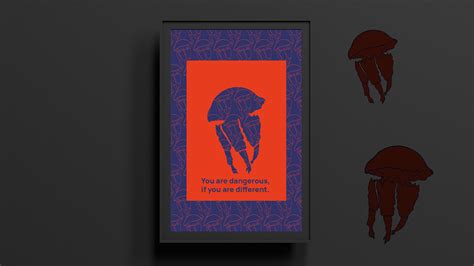

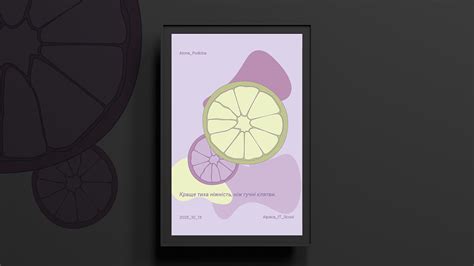


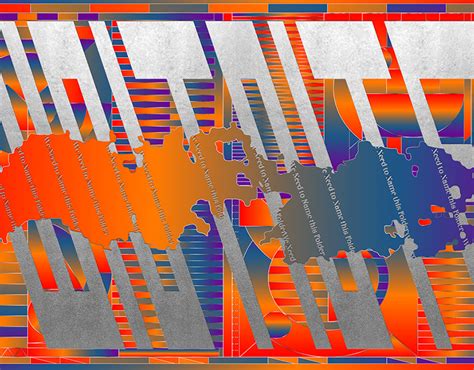
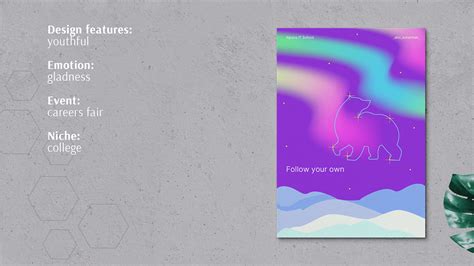



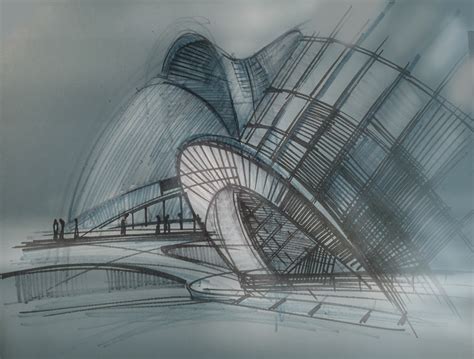
Leave a Reply
Your email address will not be published.